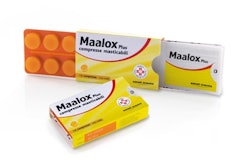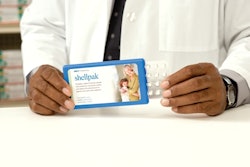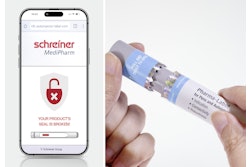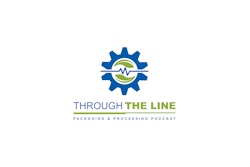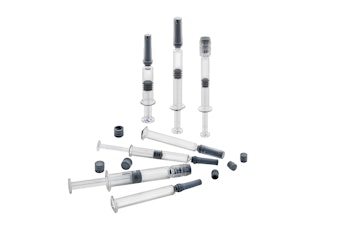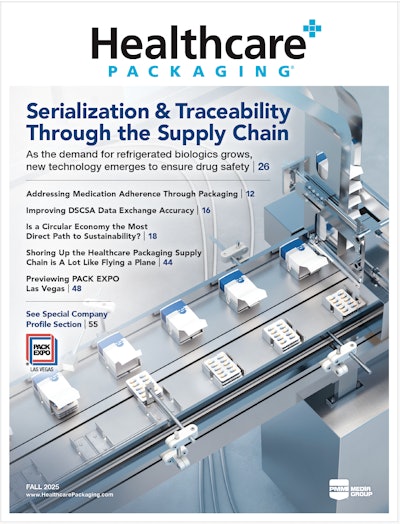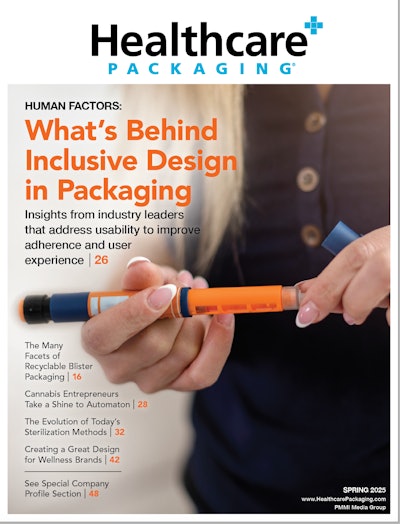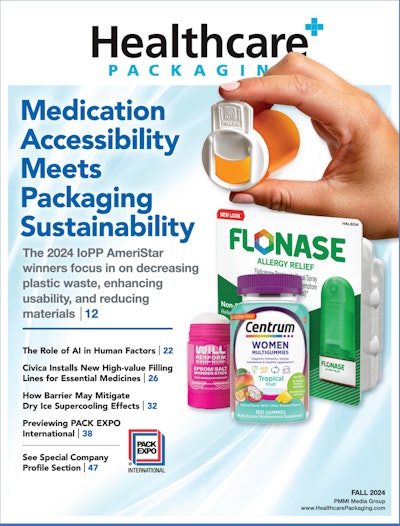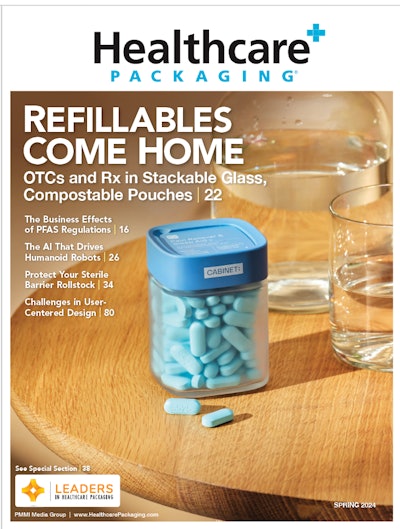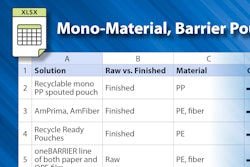
Healthcare Packaging's reader survey reveals the top ten areas of concern for packagers of pharmaceuticals, biologics, medical devices and nutraceuticals moving into 2012. Results of the recent survey of industry professionals identified their top-ranking issue to be processing and packaging. Package testing ranked second and in a close third was FDA and regulatory issues. Finishing fourth, in terms of respondent choice, was new developments and materials.
Healthcare and pharmaceutical packaging professionals were asked to choose from among 21 separate topics. Other popular categories, in descending order, were: sustainable and environmental issues; structural package design; and blister packaging/sealing; validation/qualification; contract packaging; and anti-counterfeiting/serialization/track-and-trace.
Open-ended responses also shed light on some of the frustrations facing professionals; one reader found it difficult expressing the value of spending more resources on packaging for his organization. The same reader recognized the need to "WOW" the consumer, as well as to create a truly innovative design. Readers suggested that the FDA doesn't fully understand the contract packager. Clearer requirements by the FDA regarding packaging and more emphasis on contract packaging were two solutions proposed. Additional verbatim comments included the need to better connect package design and function for end-users, and more careful planning with cold chain.
With input from readers, Healthcare Packaging plans to shape editorial offerings in 2012, as it aims to continue to be a go-to resource for packaging news, trends, and analysis for healthcare packaging professionals. Additional details about the study are available from Healthcare Packaging at 1-800-355-5595.
Healthcare and pharmaceutical packaging professionals were asked to choose from among 21 separate topics. Other popular categories, in descending order, were: sustainable and environmental issues; structural package design; and blister packaging/sealing; validation/qualification; contract packaging; and anti-counterfeiting/serialization/track-and-trace.
Open-ended responses also shed light on some of the frustrations facing professionals; one reader found it difficult expressing the value of spending more resources on packaging for his organization. The same reader recognized the need to "WOW" the consumer, as well as to create a truly innovative design. Readers suggested that the FDA doesn't fully understand the contract packager. Clearer requirements by the FDA regarding packaging and more emphasis on contract packaging were two solutions proposed. Additional verbatim comments included the need to better connect package design and function for end-users, and more careful planning with cold chain.
With input from readers, Healthcare Packaging plans to shape editorial offerings in 2012, as it aims to continue to be a go-to resource for packaging news, trends, and analysis for healthcare packaging professionals. Additional details about the study are available from Healthcare Packaging at 1-800-355-5595.



